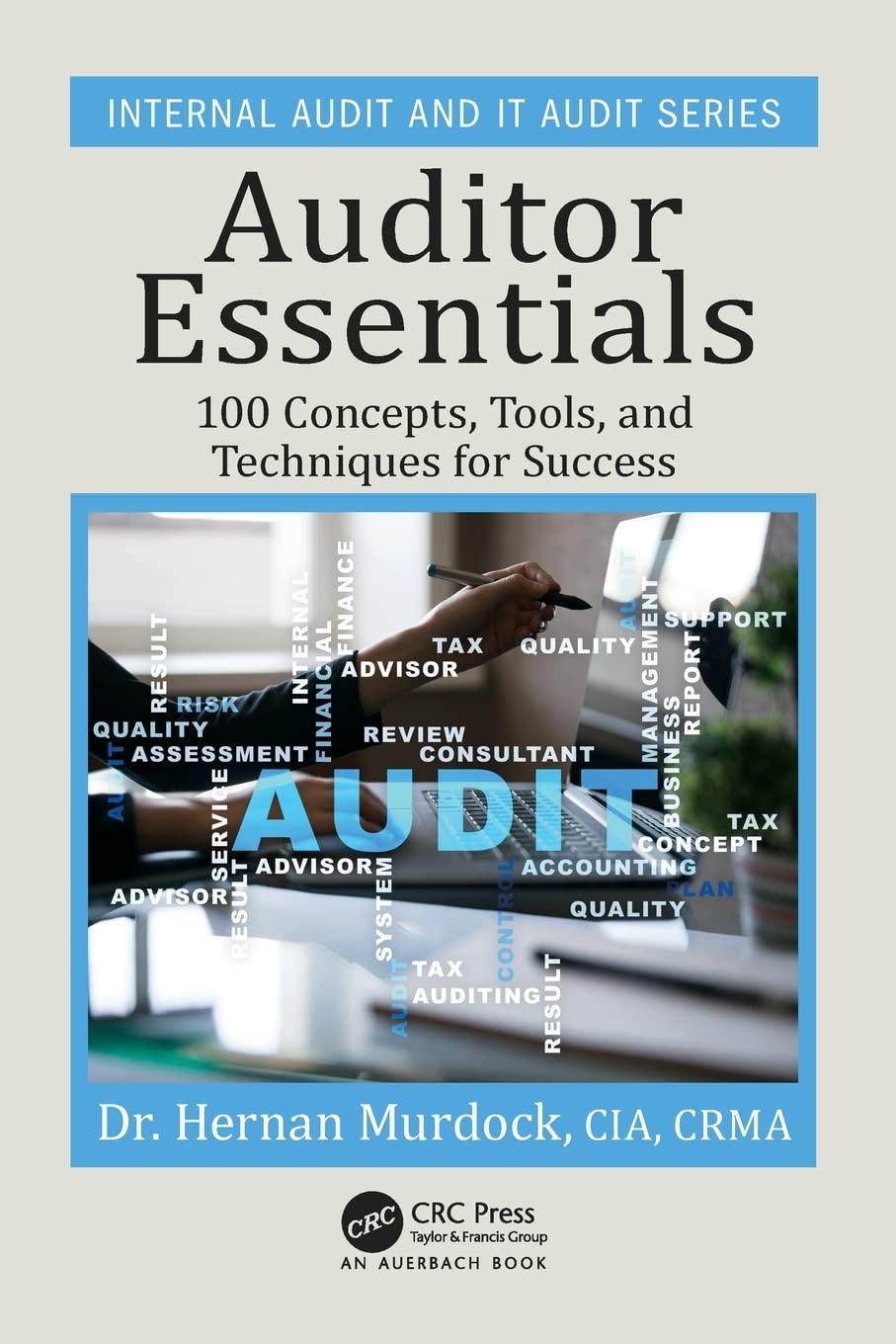Answered step by step
Verified Expert Solution
Question
1 Approved Answer
FOR PART C, IT SAYS A TECHNIQUE USED IN CLASS... TO CLARIFY, IT DOES NOT HAVE TO BE A SPECIFIC TECHNIQUE. THE EXPERT THAT ANSWERS

FOR PART C, IT SAYS A TECHNIQUE USED IN CLASS... TO CLARIFY, IT DOES NOT HAVE TO BE A SPECIFIC TECHNIQUE.
THE EXPERT THAT ANSWERS THIS CAN MAKE UP ANY DIMENSIONS OF ANY ROOM.
Include the following steps: a. Choose a room and use the floor plan to design the wiring of the light bulb from the breaker box to the ceiling light in your room and back to the breaker box. You must state explicitly how you will run the wire. Include a diagram and the complete calculation of the length of the wire - 20 pts b. Start with AWG 12. Choose your wire material and, with the length of the wire from your design, calculate the resistance of the wire - 30 pts c. Apply the technique discussed in class to calculate the current in the circuit. - 25 pts d. Calculate the power dissipated in the wires and check if the condition is achieved. You must find the minimum diameter for which the condition is satisfied. - 25 pts For AWG/mm equivalency, you may use https://en.wikipedia.org/wiki/American_wire_gauge. For resistivities, you may use, for Cu: 1.68x10-8 Ohm m for Al: 2.65x10-8 Ohm m Include the following steps: a. Choose a room and use the floor plan to design the wiring of the light bulb from the breaker box to the ceiling light in your room and back to the breaker box. You must state explicitly how you will run the wire. Include a diagram and the complete calculation of the length of the wire - 20 pts b. Start with AWG 12. Choose your wire material and, with the length of the wire from your design, calculate the resistance of the wire - 30 pts c. Apply the technique discussed in class to calculate the current in the circuit. - 25 pts d. Calculate the power dissipated in the wires and check if the condition is achieved. You must find the minimum diameter for which the condition is satisfied. - 25 pts For AWG/mm equivalency, you may use https://en.wikipedia.org/wiki/American_wire_gauge. For resistivities, you may use, for Cu: 1.68x10-8 Ohm m for Al: 2.65x10-8 Ohm mStep by Step Solution
There are 3 Steps involved in it
Step: 1

Get Instant Access to Expert-Tailored Solutions
See step-by-step solutions with expert insights and AI powered tools for academic success
Step: 2

Step: 3

Ace Your Homework with AI
Get the answers you need in no time with our AI-driven, step-by-step assistance
Get Started


